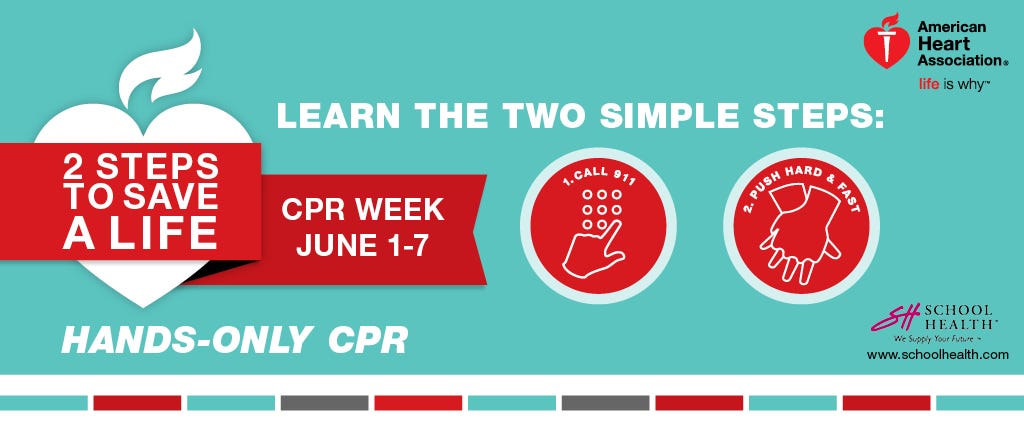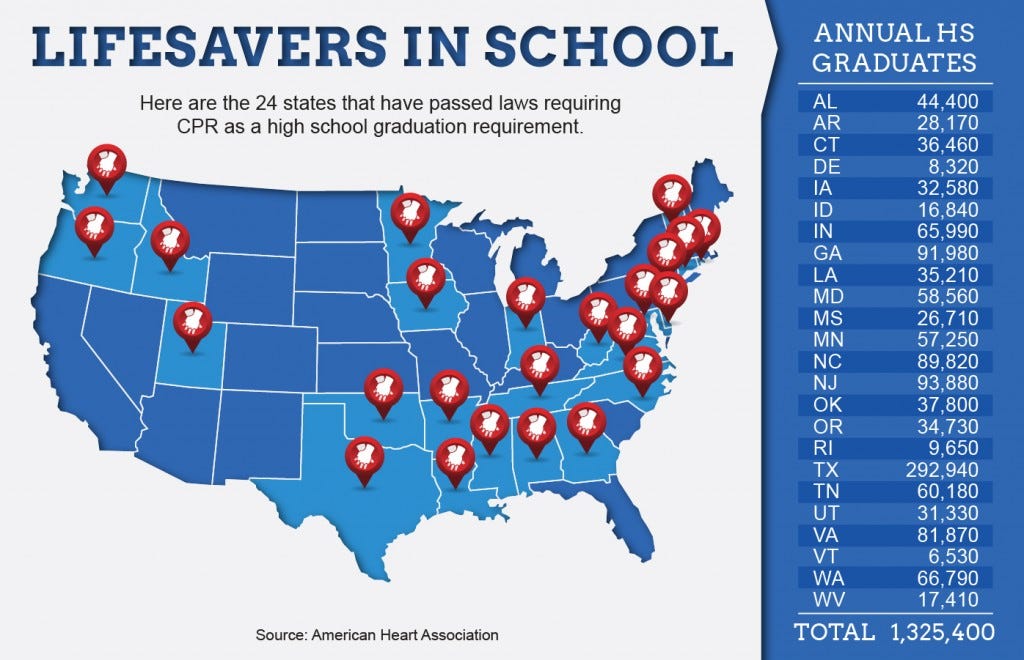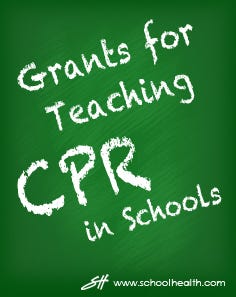CPR: Restart the Heart
- Feb 1, 2023
- 0 Comments


Due to recent incidents at sporting events and schools, there has been increased attention on CPR training. During health emergencies, performing CPR on an individual suffering from cardiac arrest could be the difference between life and death. According to the National Lung, Heart, and Blood Institute, there are around 300,000 to 450,000 deaths caused by cardiac arrest in the US every year.
The process to perform general CPR due to a cardiac arrest emergency is straightforward. Check to see if the individual is responsive and confirm that the surrounding area is safe. Call 911 immediately or have a bystander call for help. The individual should be on a flat surface, with their body and head in a neutral, laying position. Perpendicular to the chest of the individual, place your palm on the center of their chest, while interlacing your other hand on top. While positioning on your knees, stack your shoulder joints directly over your wrist joints with locked elbows for optimal compressions that will push the chest inward, about two inches deep, in a quick, constant rate until medical professionals arrive.
Men vs Women
It may come as a surprise that women are not only less likely to have CPR performed on them, but they are also found to have lower rates of survival than men, even when CPR is performed. According to the American Heart Association, the factors that play into this difference include fears of accusations relating to sexual assault or sexual harassment, fears of causing physical harm to the female receiving CPR, or the person administering CPR may feel uncomfortable or unsure working near breasts.
Most manikins that people train with are modeled after men’s anatomy. However, in recent years, models and attachments have been created to mimic female anatomy, such as School Health’s PRESTAN Female Accessory. This creates a more accurately designed manikin and allows for an individual to practice performing CPR in a more realistic situation.
Infants, Toddlers, Adults
Differences in CPR application do not end there. CPR can be performed on all individuals to continuously help pump blood through the body, but certain individuals require different techniques.
CPR is taught using the two-hand method, however, if the individual suffering a cardiac arrest emergency is not an adult, different styles of CPR may be used instead. A toddler or child would usually not require the full force of two adult hands. For a smaller child or toddler, a one-hand method can be used to provide CPR. This is similar to the regular CPR method, but without the second, overlaying hand. For an infant, a two-finger or two-thumb method may be used to compress the chest, so as not to hurt the newborn.
Results
Performing CPR on an individual can double, or even triple, their chances of survival if administered immediately. It is important to perform CPR correctly on both men and women to give each a better chance at survival. While a child or infant may have a lower chance of a cardiac arrest emergency that requires CPR, giving those individuals a higher chance of survival matters, too. Every second counts!
References
https://cpr.heart.org/en/resources/cpr-facts-and-stats
https://www.ahajournals.org/doi/10.1161/circ.142.suppl_4.139
https://www.nhlbi.nih.gov/health/cardiac-arrest
https://www.redcross.org/take-a-class/cpr/performing-cpr/child-baby-cpr





